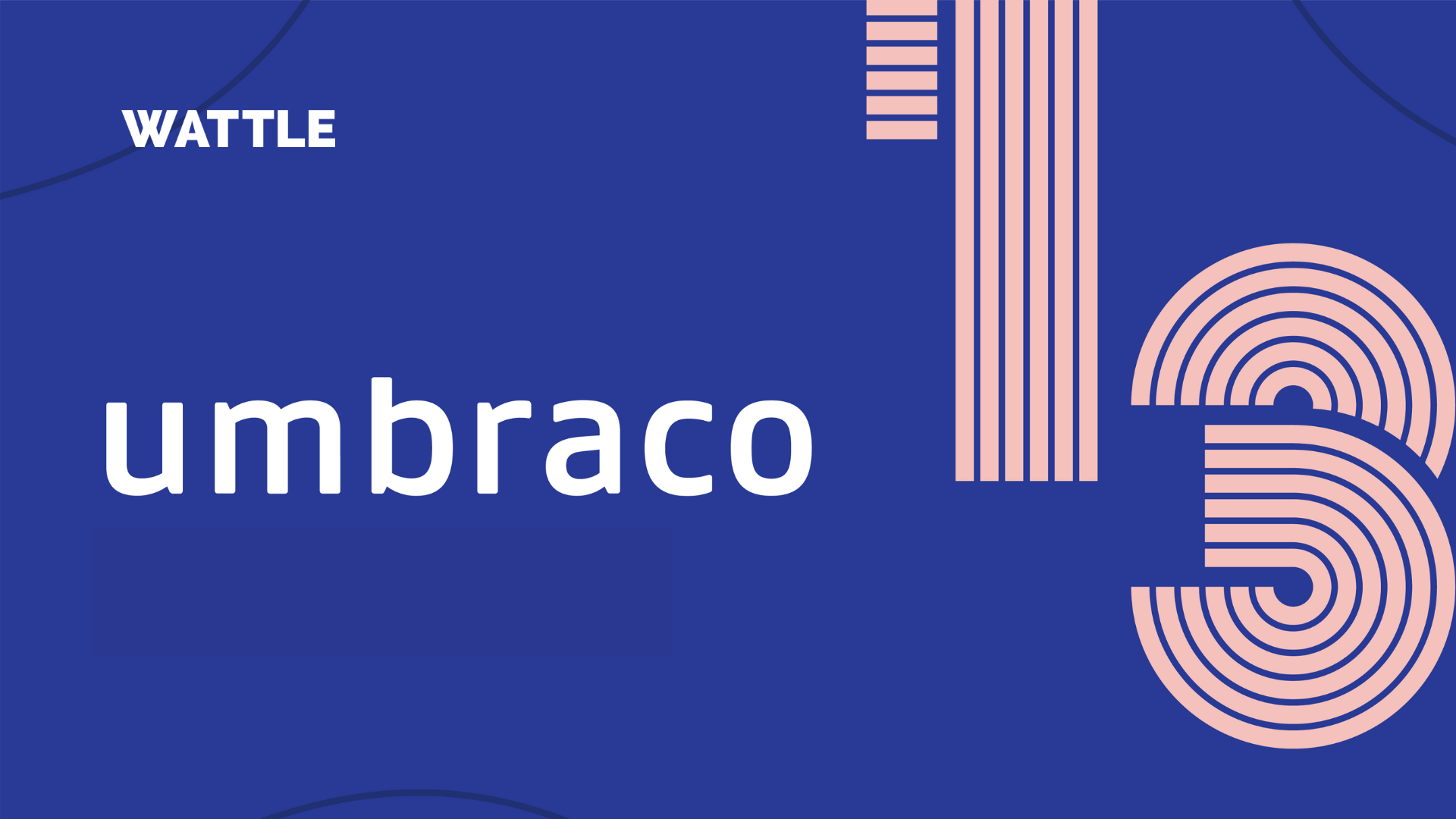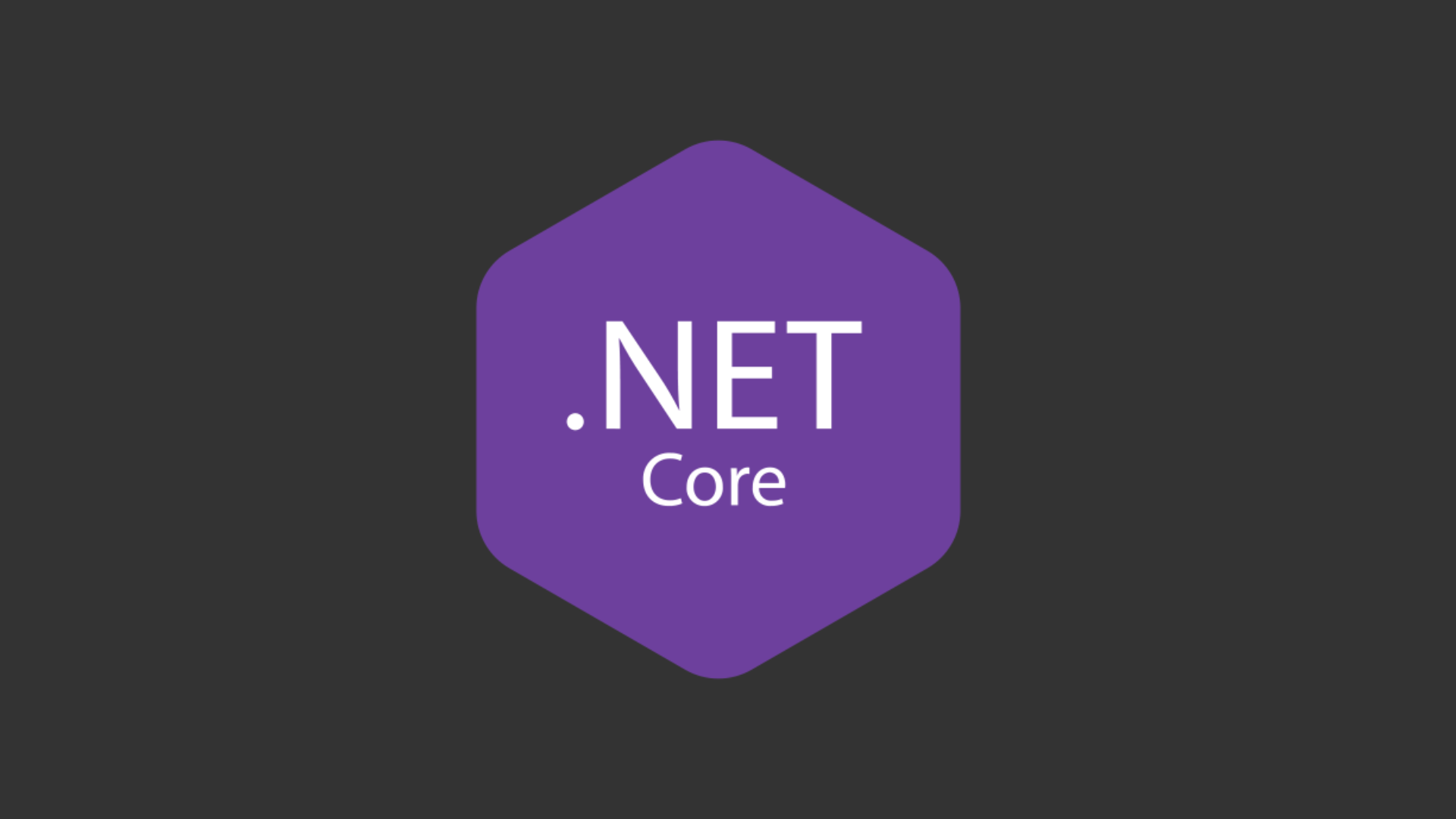
- Insights & News
- Contact
- 0117 9717547
Best practices and a step by step guide for migration.
Upgrading from Umbraco 8 to Umbraco 13 is a complex journey due to a shift in the underlying Microsoft technology framework from .NET to .NET Core. Let us shed some light on why a direct upgrade is not possible and why, instead, you’ll need to take an incremental approach to upgrading.
There is no direct upgrade path from Umbraco 8 to 13. This is due to significant changes in the underlying codebase and technology between these versions. Each major version of Umbraco introduces new features, improvements, and sometimes, breaking changes that can affect the upgrade process. The launch of Umbraco 9 in 2021 marked a transition in the underlying framework from .NET to .NET Core.


.NET Core is a modern, open-source, cross-platform framework offering improved performance and greater flexibility. However, it's fundamentally different from the traditional .NET framework underpinning legacy versions of Umbraco. This difference effects everything from how the CMS handles requests, to how it integrates with other systems and manages resources. This means that moving from Umbraco 8 to 9 and upwards is not just a simple version update; it's a shift to an entirely different technology stack and architecture.
Each version from Umbraco 9 upwards gradually adapts to the .NET Core environment and brings new features and improvements. Because of this, we recommend taking an incremental approach to upgrading to ensure that:


This step-by-step upgrade is a carefully structured process. It is designed to manage the complexities of transitioning to a new framework while maintaining system performance and integrity.
Umbraco 8 reaches end-of-life in February 2025. Utilising an unsupported CMS will pose a number of risks to security, reliability, and performance. With Umbraco 9 and 11 already in their end-of-life phases and Umbraco 12 on a short-term lifecycle ending in June 2024, it’s important to plan your upgrade journey carefully.
Umbraco 10 is on long-term support until June 2025, meaning that you could go-live in 10, and tackle further upgrades next year. Bear in mind that by doing this, you’ll miss out on the latest features and functionality that newer versions of Umbraco offer.
Version 13 launched in December 2023 and is Umbraco’s newest long-term support (LTS) version. It will be supported until December 2026, offering you the latest features and improvements for the next few years to come.
For more information on each version's lifecycle and support timelines, check out the Umbraco Long Term Support and End of Life Knowledge Centre: Umbraco LTS and EOL.


Umbraco 11 and upwards introduce several new features and content editing improvements that are not present in Umbraco 10 and older. Some of these enhancements include:
These new features and improvements contribute to a more robust, secure, and user-friendly content management experience, making the transition all the way to Umbraco 13 an attractive option.
Migrating from Umbraco 8 to 13 is a structured, incremental process, and we hope that this guide has equipped you with the knowledge and strategy for a successful transition. While the journey involves careful planning and testing, the end result will be a more robust, feature-rich, and supported CMS platform.
Remember, a CMS migration or upgrade is both a technical task and a strategic enhancement for better digital experiences!
If you would like to talk to Wattle about how we can support you through an Umbraco migration process please get in touch today.